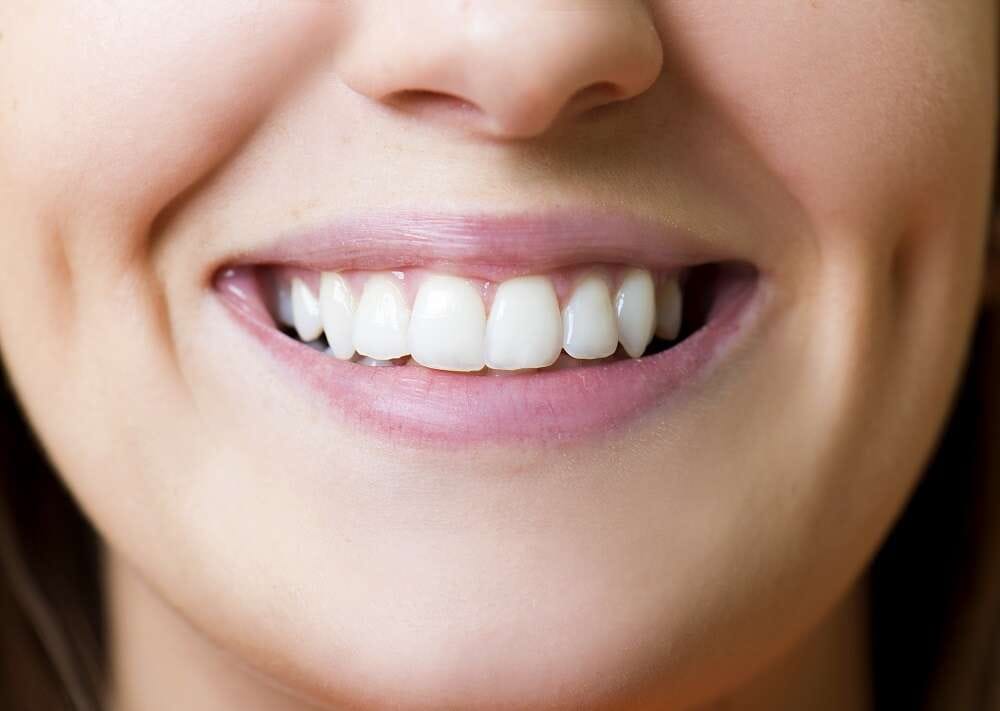

In many ways, technology has transformed the way we live – from enabling remote working to improving healthcare systems in response to new challenges. Undeniably, technological developments have also modernised dentistry over the last 25 years. Cutting edge digital technology has helped revolutionise patient outcomes and clinician and patient experiences. By embracing new technology and digital platforms that deliver end-to-end workflows, today’s dentists and orthodontists can transform and streamline their treatment process by leveraging advanced tools.
Reshaping the industry and patient smiles
For years, many adults would delay or reject needed orthodontic treatment, concerned by the appearance and visibility of traditional metal braces. Additionally, moving the position of teeth can be an uncomfortable experience, and many patients feared dental work. Practitioners needed a more discrete solution for adults that could improve the patient experience and still provide effective treatment and excellent patient outcomes.
In 2000 Align Technology introduced Invisalign clear aligners – a removable and clear teeth-straightening device specifically designed to treat malocclusions (crooked teeth). With decades of investment into research and development, the company has helped dental professionals to further reinvent the way ortho-restorative treatment is delivered.
Over the years, the Invisalign system has evolved to treat complicated cases like open bite, deep bite, or first premolar extraction. Made from patented SmartTrack material, each Invisalign aligner is customised to fit a patient’s unique dentition, offering a gentle and predictable movement of their teeth. A treatment fit for all ages, the precise, discreet and removable aligners introduce an alternative to traditional braces for teens and young adults. By reducing the risk of cuts or abrasions inside the cheeks or along the tongue that are common with brackets and wires, Invisalign clear aligners reduce mouth and gum problems associated with dental alignment. Additionally, clear, removable aligners offer patients greater flexibility compared to traditional braces because they can be easily removed for eating or drinking, playing brass or wind instruments, or engaging in sports, meaning that the patient does not have to significantly adapt their lifestyle. Removable clear aligners don’t require patients to change their diet choices and allow them to maintain good oral hygiene during treatment.
With the recent rise in interest amongst consumers regarding improving their appearance, including having a better smile, there has also been a surge in clear aligner treatment offerings that advertise low-cost aligners and “convenient,” remote “DIY” treatment. These “benefits” are achieved by minimizing or eliminating direct supervision and ongoing monitoring by a dentist or orthodontist. But without the benefits of doctor-directed care, including an in-office physical exam to determine whether the consumer is a good candidate for treatment, outcomes may not be what the patient expected. Even worse, treatment may cause damage to a patient’s teeth that requires additional complex, lengthy, and expensive treatment. Align has always supported doctor-directed care over selling products directly to consumers, including supervision and monitoring throughout all phases of the patient journey.
Streamlining treatment with technology
3D intraoral scanners are powerful tools that can enable and support every stage of treatment. Before starting realignment, 3D intraoral scanners can identify diagnostic, preventative, and restorative dental needs that should be addressed before treatment begins. Combined with software applications and sophisticated analytics, scanners help doctors assess how and in what sequence teeth should move. The results can then create accurate virtual treatment plans. Scanners can also help patients visualize what their treatment will accomplish and how their smile can look at the end of therapy. Most importantly, doctors can also use this safe imaging technology, without radiation, to continuously monitor the progression of therapy and make any adjustments that may be needed. This is an important example of how doctor oversight throughout all stages of treatment is critical to achieving the best patient outcomes.
As practitioners invest in digital platforms across the entire treatment journey to improve their patients experiences and outcomes, many are finding that the more ‘digital’ a practice becomes, the more efficient it is as well. Fast, precise, and more comfortable for patients than traditional impressions, 3D digital scanning captures hundreds of thousands of digital data points of a patient’s teeth and mouth, providing a better level of detail than physical impressions and X-rays. Producing full arch scans in as little as 60 seconds, advanced intraoral scanners not only help orthodontists accurately understand the changes in the mouth throughout treatment, but the time-lapse feature allows patients to “see” the changes in real time. 3D scans also provide practitioners with a better view of the patient’s mouth and teeth compared to the standard mirror inspection.
By embracing cutting edge technology – from automated processes to 3D models and machine learning – and remaining involved in a patient’s treatment from start to finish, dentists and orthodontists can continue to ensure the best patient outcomes, improve the patient journey, and increase office efficiencies through enhanced capabilities.


